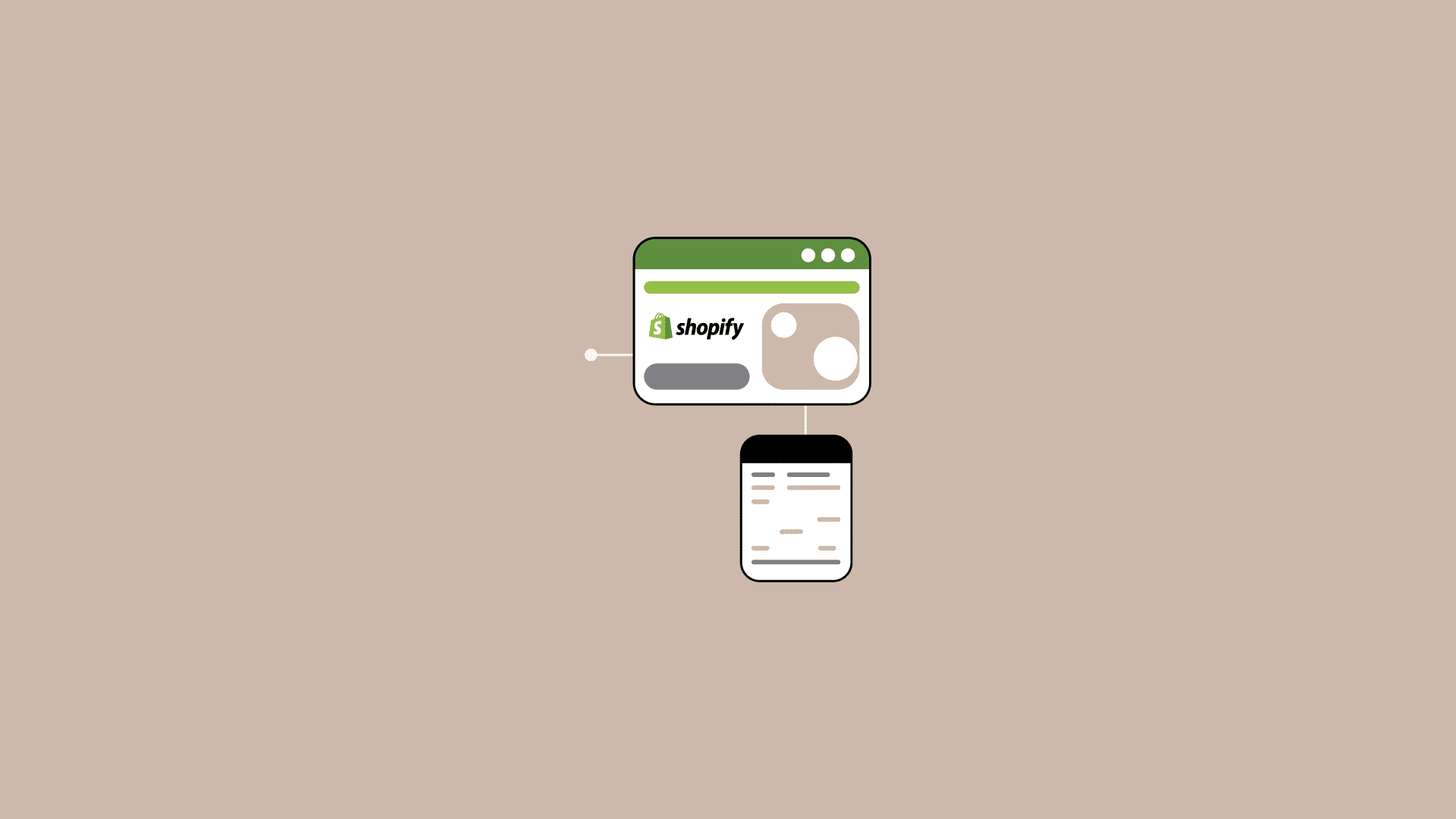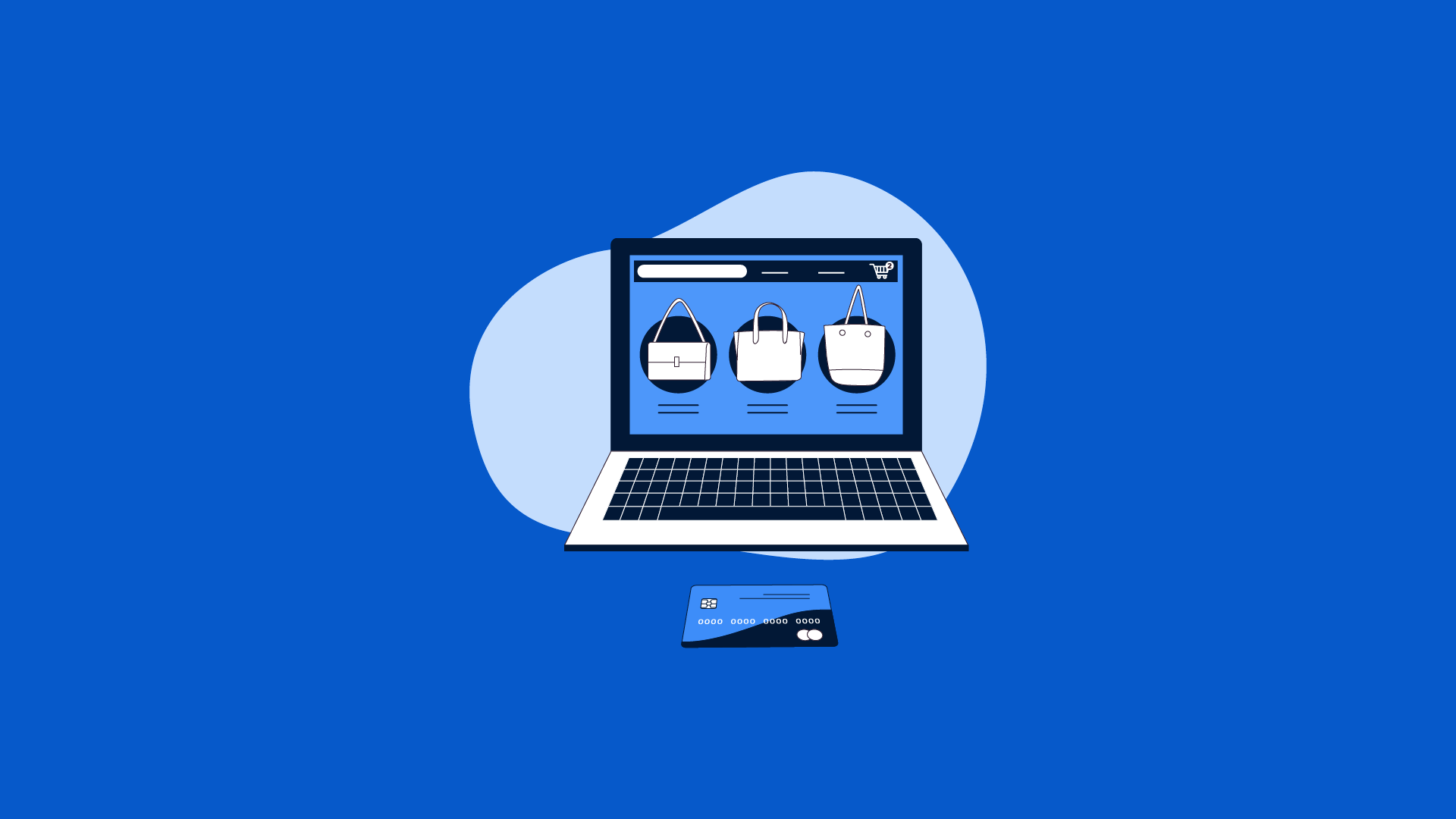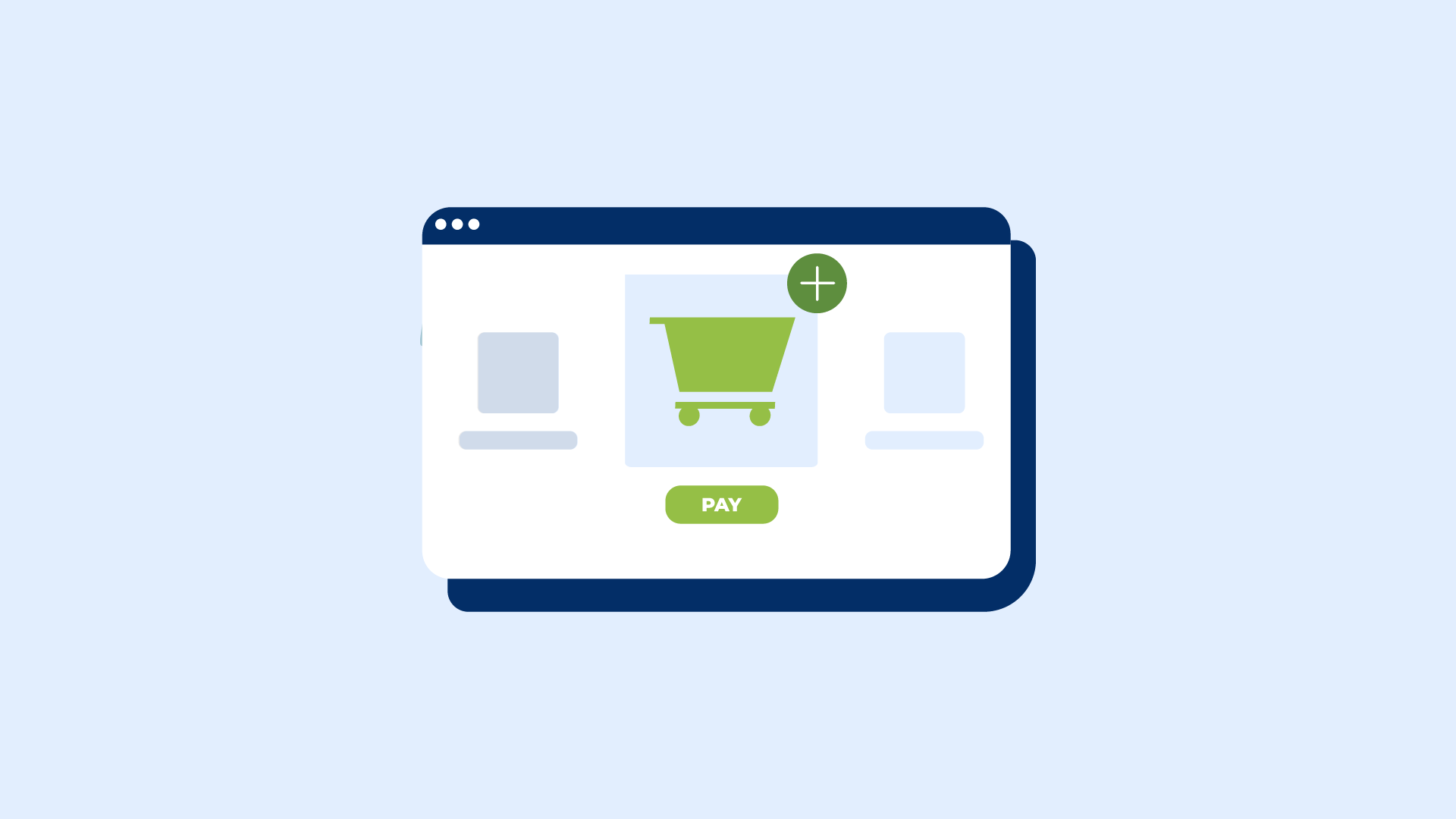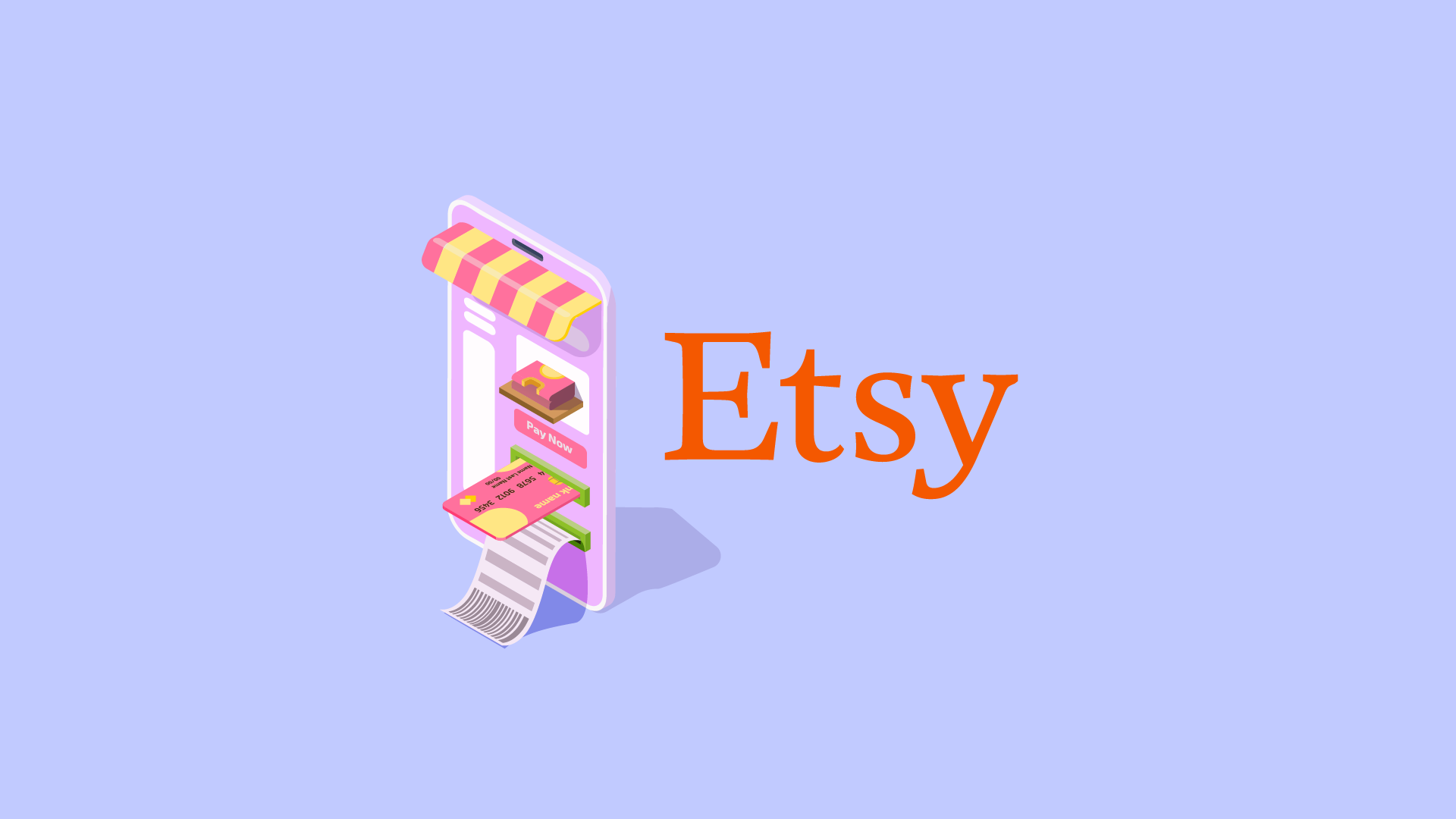|
Getting your Trinity Audio player ready...
|
Want your online store to look and feel just like your brand? Your WooCommerce side cart can help enhance the shopping experience by using a modern cart for WooCommerce. A sidebar cart pop up can further enhance the shopping experience by allowing customers to manage their cart directly from a sidebar interface.
When customers visit your shop, the WooCommerce product table listing is like a helpful friend – showing the products and telling them how to buy from you. Make sure to provide an outstanding user experience.
Imagine your side cart wearing the same colors, fonts, and style as your brand’s clothes. Exciting, right?
This guide will show you how to give your side cart a makeover. You’ll learn simple steps to make it match your brand, making shopping with you a familiar and enjoyable experience.
Let’s get started!
How to Customize Your WooCommerce Side Cart
Digital marketing is the activity of promoting and selling products or services by leveraging online marketing techniques such as social media marketing, search marketing, and email marketing.
The internet has transformed the way that people make purchases, find companies, and get information about their needs. If you’re not using digital channels to market your business, you’re missing out on opportunities to reach your most valuable customers.
1. Introduction to WooCommerce Side Cart
A WooCommerce side cart is a powerful tool that can enhance the shopping experience for your customers. A sliding cart allows them to view and manage their cart from any page without interrupting their shopping flow. With a side cart, customers can add or remove items, apply coupon codes, and proceed to checkout quickly and seamlessly. This can lead to increased sales, reduced cart abandonment, and improved customer satisfaction.
2. Choosing the Right Cart Icon Plugin
When it comes to choosing a WooCommerce side cart plugin, there are several options available. It’s essential to choose a plugin that is easy to use, customizable, and compatible with your WooCommerce store. Some plugins allow you to manage the display of the cart on specific pages like checkout, my account, and shop page. Some popular plugins include FunnelKit, WooCommerce Cart All in One, and Side Popup Cart. When selecting a plugin, consider the features you need, such as upsells, cross-sells, rewards, and mobile optimization.
3. Setting Up Your WooCommerce Side Cart
Setting up your WooCommerce side cart is a straightforward process. First, install and activate your chosen plugin. Then, configure the plugin settings to customize the appearance and behavior of your side cart. This may include setting the cart icon, cart page, and checkout page. You can also customize the checkout button to enhance user experience and drive conversions. Make sure to test your side cart to ensure it is working correctly and providing a seamless user experience.
4. Customizing the Appearance of Your Side Cart
Customizing the appearance of your side cart is crucial to match your WooCommerce store’s design and branding. With the right WooCommerce side cart plugin, you can easily tailor the side cart’s look to fit your store’s theme. Imagine your side cart as a mini version of your shop page, reflecting the same style and personality.
Start by choosing a cart icon that resonates with your brand. Whether you prefer a classic shopping cart or a modern bag icon, the choice is yours. You can even upload a custom icon that perfectly matches your brand’s aesthetic.
Next, consider the cart background. You can select a color that complements your store’s palette or upload a custom background image that adds a unique touch. The text color and button color should also align with your brand’s colors, ensuring a cohesive look.
Additionally, you can customize the cart’s layout to fit your store’s unique needs. Whether you prefer a compact design or a more detailed layout, the options are available to make your side cart as user-friendly and visually appealing as possible.
By customizing the appearance of your side cart, you create a seamless and cohesive shopping experience for your customers, making them feel right at home in your WooCommerce store.
Choose a Consistent Color Palette for Your WooCommerce Store
Choosing a consistent color palette means picking colors that go well together.
These colors will represent your brand and create a nice look. Use these same colors for the cart’s background, buttons, and text.
When people see these colors, they’ll think of your brand. It’s like giving your shop a signature style. Make sure the colors match the feeling you want for your shop.
If your brand is fun, use bright colors. If it’s more serious, go for darker or muted colors. Having consistent colors helps your cart look professional and attractive.
2. Adjust Typography
Adjusting typography means choosing the way words look on your cart. This includes picking the style of the letters and how big or small they are.
Imagine picking the writing for a fantastic sign. The font style should match your brand’s online personality. If your brand is fancy, the letters can be fancy, too. If it’s simple, the letters can be simple.
Also, decide how big the words should be. Important stuff can be more extensive, like a title. The less critical element can be more minor, like a note. Making these choices makes your cart easy to read and fits your brand.
3. Incorporate Brand Elements
Incorporating brand elements means adding your brand’s unique stuff to the cart. Put your logo at the top so people know it’s your shop.
You can also add things that show your style, like patterns or pictures that remind people of your brand. Just a little touch of your brand’s look is good. But not too much, so it doesn’t look messy.
Imagine it as adding decorations to your cart that say, “Hey, this belongs to my shop!” This reminds people of your brand and gives the cart a personalized touch.
4. Maintain Visual Hierarchy
Keeping a visual hierarchy means making the important things stand out more. Imagine a menu where the tastiest food is more prominent or has a bright color – that’s hierarchy.
In the cart, the things you want people to see first should be bigger or have more color, like the product names, prices, and buttons. Less important stuff, like extra details, can be smaller or lighter.
This makes it easy for people to quickly know what’s crucial and find what they need. It’s like guiding their eyes to the important stuff without them even thinking about it.
5. Streamline Cart Layout
Streamlining the cart layout means making it neat and easy to use. Imagine tidying up a messy room to find things faster. In the cart, show the product pictures, names, and prices clearly.
Make sure everything has space around it so it doesn’t look crowded. Arrange things in a straight line or organized boxes. Don’t make people hunt for info.
If they can see and understand everything immediately, it’s better. Like having each item in its place, ready to go. A simple, tidy layout helps people enjoy shopping without confusion or frustration.
6. Implement Smooth Transitions
Smooth transitions mean making things move nicely. Imagine opening a door that doesn’t creak – that’s smooth. In the cart, it shouldn’t appear suddenly when it pops up or goes away. It should slide or fade in gently, like magic!
And when you close it, it should disappear smoothly. These little movements make the cart feel like part of the website, not something separate. It’s like a cart that appears and disappears without any jerky or sudden motions.
Smooth transitions are like a quiet helper that makes online shopping comfortable and enjoyable.
7. Personalize Calls to Action
Personalizing calls to action means making buttons and links sound friendly and like your shop. Instead of plain words like “Buy Now,” use words that match your style.
If your shop is fun, say, “Let’s Get It!” If it’s serious, use “Proceed to Checkout.” These buttons guide people on what to do next. Just like a friend giving you a hint.
The words you use make people feel comfortable and excited to click. It’s like your shop talking to them. Personalized calls to action make shopping feel more personal and less like a machine.
8. Test User Experience
Testing user experience means checking if your cart is easy for people. Pretend you’re a customer and try using the cart. Add items, remove them, and try to buy.
If it’s simple and works well, that’s a good user experience. You must fix it if you need clarification or if something needs to be fixed. Ask friends to test, too. Their feedback helps.
It’s like trying out a game to ensure it’s fun and not too hard. Testing helps you catch problems before real customers find them, making shopping on your site smooth and enjoyable.
9. Mobile Responsiveness
Mobile responsiveness means your cart looks and works well on phones and tablets, not just computers. Imagine your cart adjusting itself like magic to fit any screen – that’s being responsive.
Your cart’s images, buttons, and text should all be easy to see and tap on small screens. It’s like ensuring your shop’s door is the right size for everyone.
People shouldn’t struggle or zoom in to use the cart on their phones. When your cart is mobile-responsive, shopping is smooth and enjoyable no matter what device your customers use.
9. Seek Professional Help
If things feel too tricky, asking experts for help is okay. Imagine if you’re stuck on a puzzle – you might ask a puzzle pro for advice. You can hire someone who knows a lot about making it look and work perfectly for your cart.
They’re like wizards who can make your cart match your brand perfectly. They know all the correct codes and tricks. If you need help with what to do, these pros can guide you.
It’s like having a friend who’s good at this stuff. They’ll make sure your cart is amazing!
5. Enhancing the User Experience
To enhance the user experience, consider adding features such as upsells, cross-sells, and rewards to your side cart. These features can encourage customers to purchase more and increase average order value. You can also use the side cart to display free gifts, free shipping rewards, and other incentives. Additionally, make sure your side cart is mobile-optimized and responsive, ensuring a smooth user experience across all devices.
7. Optimizing the Checkout Process
Optimizing the checkout process is crucial to reduce cart abandonment and increase sales. A streamlined checkout process can make a significant difference in your customers’ shopping experience. With the right WooCommerce plugin, you can offer features that simplify and enhance the checkout journey.
One-click checkout is a game-changer, allowing customers to complete their purchase with just a click. This reduces the number of steps in the checkout process, making it quick and hassle-free. Additionally, offering guest checkout options can be a huge relief for customers who prefer not to create an account, further simplifying their shopping experience.
Integrating coupon codes directly into the side cart is another excellent feature. Customers can apply their coupon codes without navigating away from the cart, making the process smoother and more efficient. Offering free shipping rewards for meeting certain conditions, such as a minimum order value, can also incentivize customers to complete their purchase.
By optimizing the checkout process, you can significantly reduce cart abandonment and boost your sales, ensuring a smooth and enjoyable shopping experience for your customers.
8. Advanced Customization Options
For those who want to take their side cart customization to the next level, advanced options are available. These features allow you to tailor the side cart to your store’s unique needs, ensuring it fits perfectly with your brand’s style and functionality.
Custom CSS is a powerful tool that lets you tweak the side cart’s appearance and layout. Whether you want to adjust the spacing, change the font style, or add unique design elements, custom CSS gives you the flexibility to make those changes.
Custom JavaScript allows you to enhance the side cart’s functionality. You can add interactive elements, automate certain actions, or integrate third-party services to improve the user experience.
Uploading custom templates is another way to personalize your side cart. You can design templates that match your store’s aesthetic and layout preferences, ensuring a consistent look across your site.
Adding custom fields to the side cart can help you collect additional information from customers. Whether it’s a gift message, special instructions, or any other detail, custom fields make it easy to gather the information you need.
By using these advanced customization options, you can create a side cart that is perfectly tailored to your store’s unique needs, enhancing both its appearance and functionality.
6. Mobile Optimization and Responsiveness
Mobile optimization and responsiveness are crucial for a WooCommerce side cart. With more and more customers shopping on mobile devices, it’s essential to ensure your side cart is accessible and easy to use on smaller screens. Look for a plugin that offers mobile optimization and responsiveness, and test your side cart on different devices to ensure it is working correctly. This will help to reduce cart abandonment and improve customer satisfaction.
10. Boosting Average Order Value (AOV)
Boosting average order value (AOV) is crucial for increasing sales and revenue. By strategically enhancing your side cart, you can encourage customers to add more items to their cart and increase their overall spend.
One effective strategy is to offer upsells and cross-sells. Based on customers’ purchase history and preferences, you can suggest complementary products or higher-end alternatives. This not only enhances the shopping experience but also increases the likelihood of additional purchases.
Offering free gifts is another great way to boost AOV. You can set conditions, such as a minimum order value or specific products, that customers must meet to receive a free gift. This incentivizes them to add more items to their cart to qualify for the reward.
Product recommendations based on customers’ browsing and purchase history can also drive additional sales. By showcasing items that align with their interests, you can encourage them to explore and purchase more products.
Cart abandonment recovery is another powerful feature. By sending reminders to customers who have left items in their cart, you can encourage them to complete their purchase, recovering potentially lost sales.
By implementing these strategies, you can effectively boost AOV and increase your store’s sales and revenue.
11. Troubleshooting and Support
Even with the best plugins and customization options, issues can sometimes arise. That’s why having robust troubleshooting and support options is essential to ensure your side cart runs smoothly.
Start by accessing comprehensive documentation that covers common issues and their solutions. This can be a valuable resource for troubleshooting problems on your own.
If you need further assistance, submitting support tickets to a dedicated support team can provide you with expert help. They can guide you through resolving more complex issues and ensure your side cart functions correctly.
FAQs are another useful resource. They address common questions and problems, offering quick solutions that can save you time and effort.
Joining a community forum can also be beneficial. Connecting with other users allows you to share experiences, ask questions, and get support from a community of WooCommerce store owners.
By utilizing these troubleshooting and support options, you can resolve any issues that may arise and ensure your side cart provides a seamless shopping experience for your customers.
Conclusion
Now, your WooCommerce side cart fits your brand like a glove. You’ve made your cart uniquely yours by choosing colors that match your style, adjusting fonts to talk like your brand, and even adding your logo.
Keeping things organized, easy to read, and looking smooth with animations is a big win. Your mobile-friendly cart will make shopping on any device a breeze.
With personalized buttons and links, you’re speaking your brand’s language. Testing ensures a comfy shopping trip for everyone.
Remember, a cart that matches your brand isn’t just a cart – it’s a part of your brand story.







